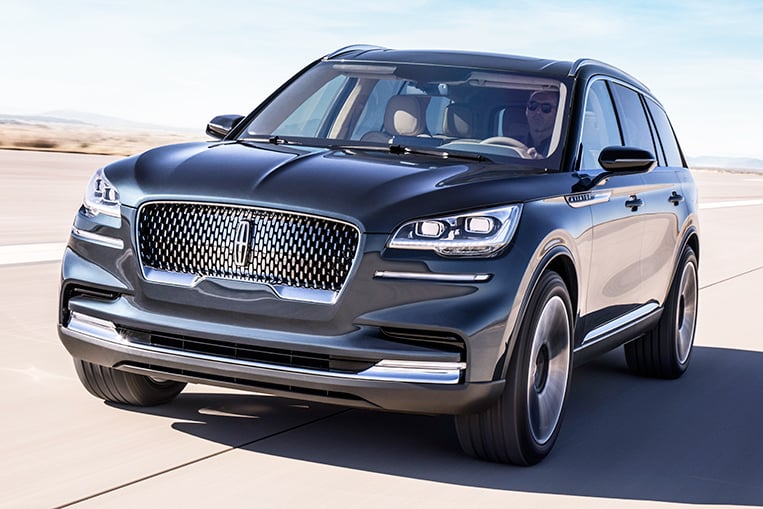
Remember the Lincoln Aviator? Well, do you remember Lincoln at all? It’s a premium brand owned by Ford, and it used to have some presence in the Philippine market by way of the Town Car limousine, which the American automaker sold for a time in our territory in the late ’90s. I vividly recall being lent a test unit of the barge-like automobile—and looking like a baby-faced chauffeur in the process.
The Aviator name was first used by Lincoln back in 2002, for a midsize SUV that shared its platform with the Ford Explorer and the Mercury Mountaineer. This excessive rebadging resulted in brand dilution, and target buyers never warmed up to the Aviator, forcing Lincoln to discontinue its production in 2005. And now, 13 years later, the brand is bringing back the Aviator name for a new (and supposedly original) sport-utility that is reportedly no longer based on the Explorer.
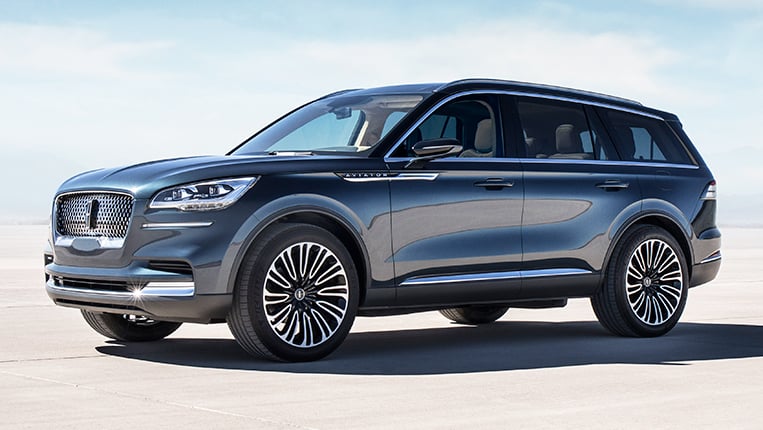
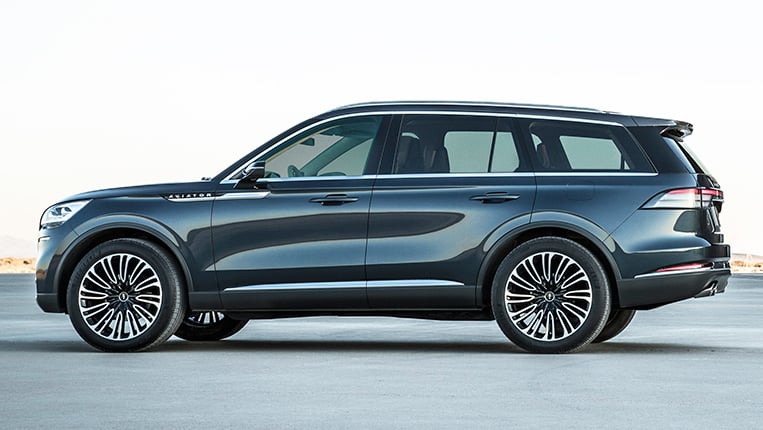
In introducing this SUV, Lincoln points out that the medium-size luxury SUV segment delivered 585,000 sold units last year. I’m assuming that number is only in North America, where the Lincoln marque is mainly marketed. In any case, that kind of retail figure is hard to ignore, and Lincoln is using the segment’s resurgence as an excuse to resurrect the Aviator.
“We believe the Aviator’s elegant design, state-of-the-art technology and refined plug-in hybrid option will draw even more clients to the Lincoln showroom, including families who are looking for three-row capability,” Lincoln president Joy Falotico says in a press statement.
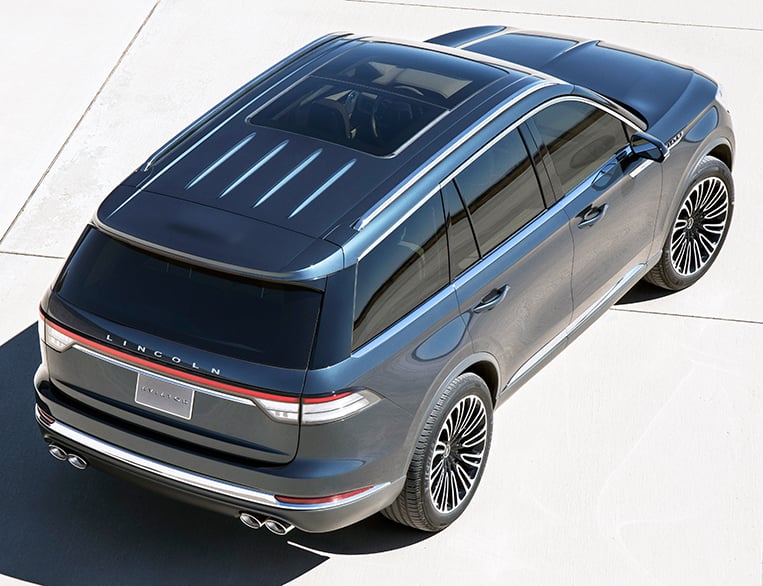
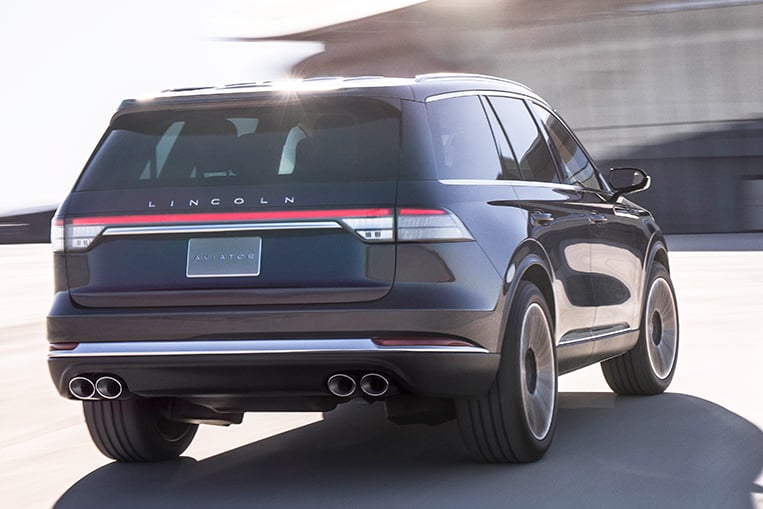
Indeed, those three are the main selling points of the new Aviator: smart styling, electronic toys and the availability of hybrid propulsion.
“In the Aviator, the lines of the vehicle are streamlined,” Lincoln design director David Woodhouse explains. “You have the stature and presence of the grille at the front, and then the body and tail taper off—creating a distinct aerofoil analogy.”
The SUV turns heads particularly in this iridescent body color aptly called Flight Blue.
The new Aviator is powered by a twin-turbo engine that can either function alone or as part of what Lincoln touts as its “first advanced plug-in hybrid technology.”
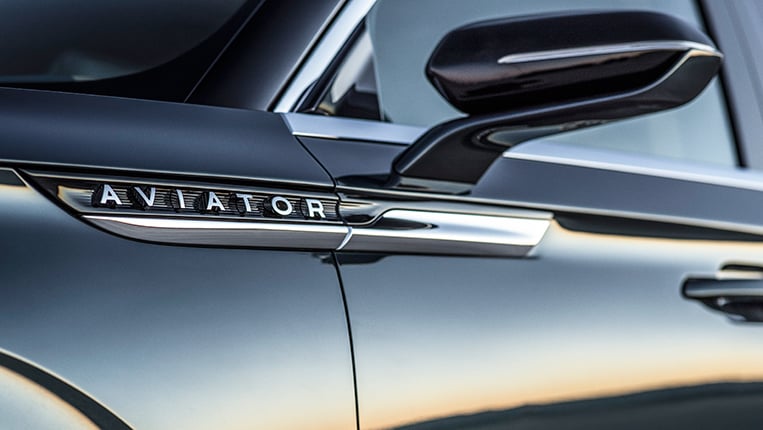
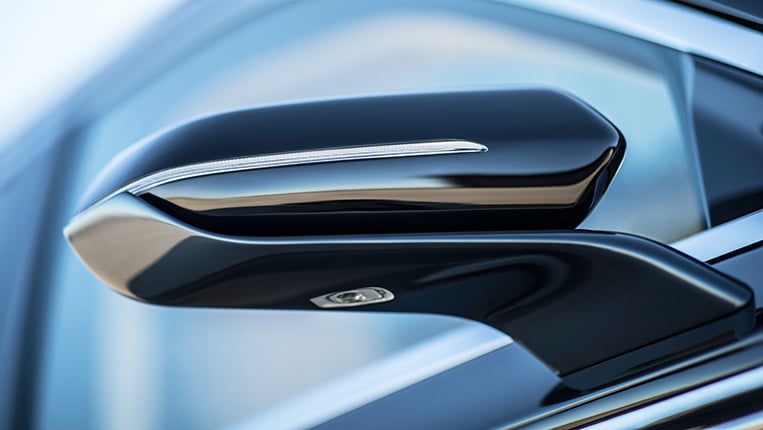
High-tech features abound in the new Aviator, chief of which is the owners’ capability to use their smartphones as keys for locking and unlocking the car, opening the trunk and even starting the engine.
The three-row, rear-wheel-drive SUV also has Lincoln’s so-called Co-Pilot360, a suite of driver-assistance technologies that include automatic emergency braking, pedestrian detection, blind-spot monitoring, lane-keeping system, automatic high-beam lighting and a rear camera.
The new Aviator even boasts the fancy-sounding Suspension Preview Technology. Basically, a forward-facing camera scans the path ahead for possible bumps or potholes. If the system detects an irregularity in the road, the suspension setting will be promptly adjusted so the passengers don’t get that jarring sensation when going over a road cavity. I dare Lincoln to test this technology in Metro Manila. I’ll be very impressed if the system’s computer doesn’t crash from information overload.
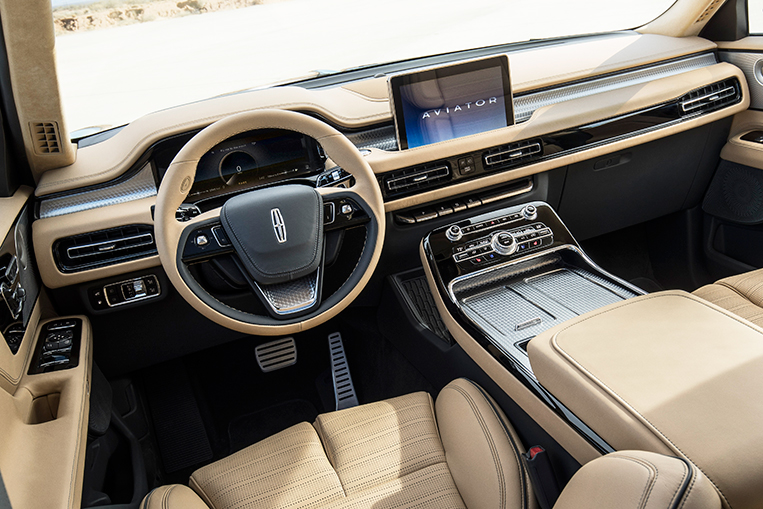
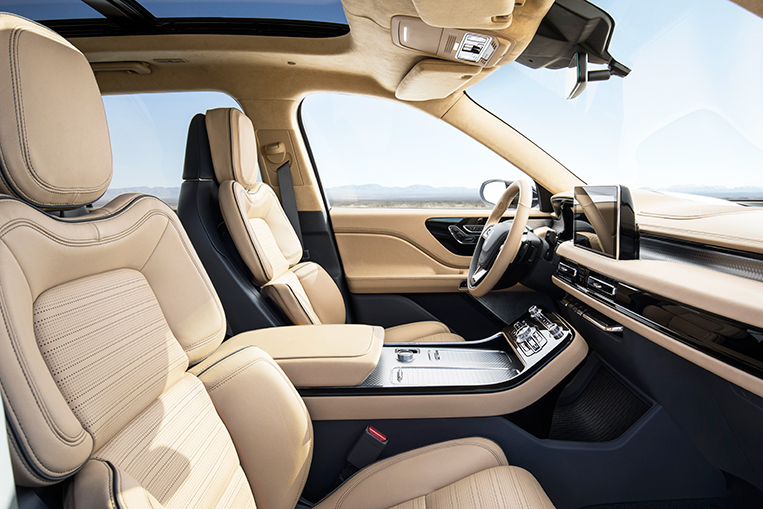
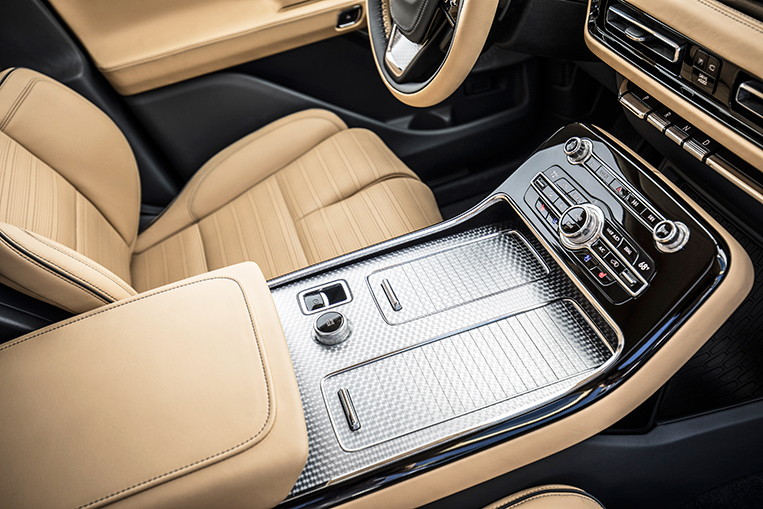
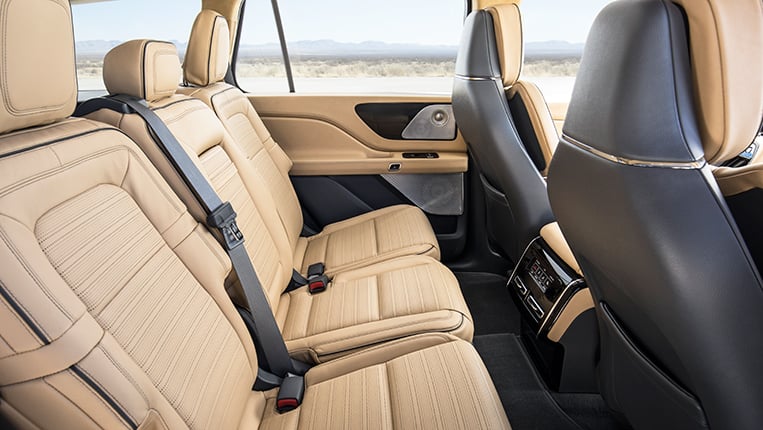
The Aviator wasn’t well-received when it was first offered by Lincoln. But it has returned to hopefully do much better in the sales department this time around. We will soon see whether its smorgasbord of technologies will be enough to win over customers from competing brands.

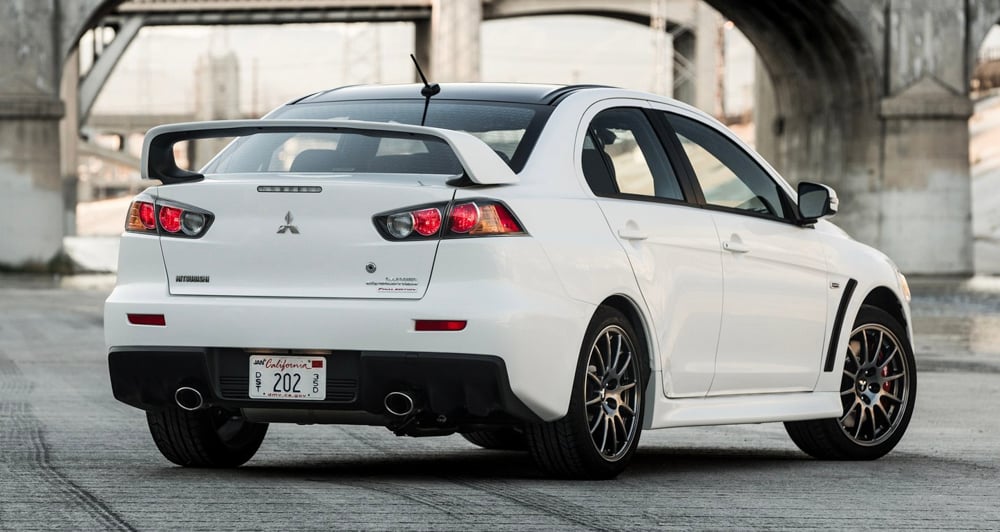
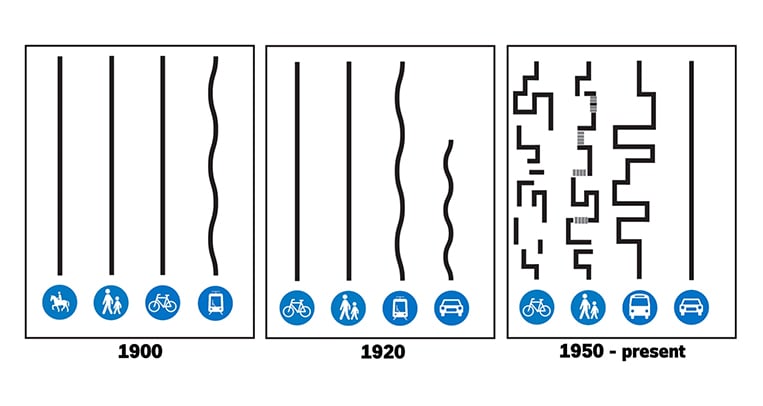
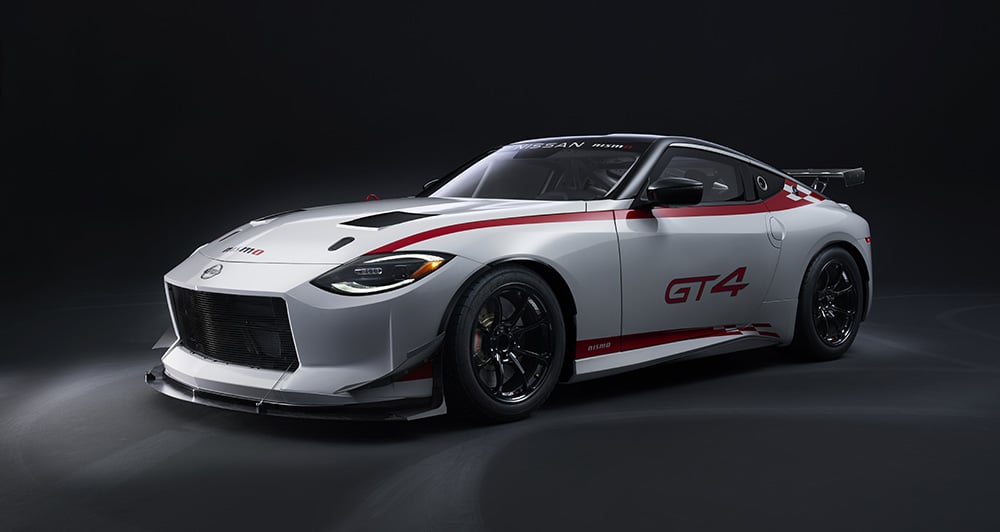

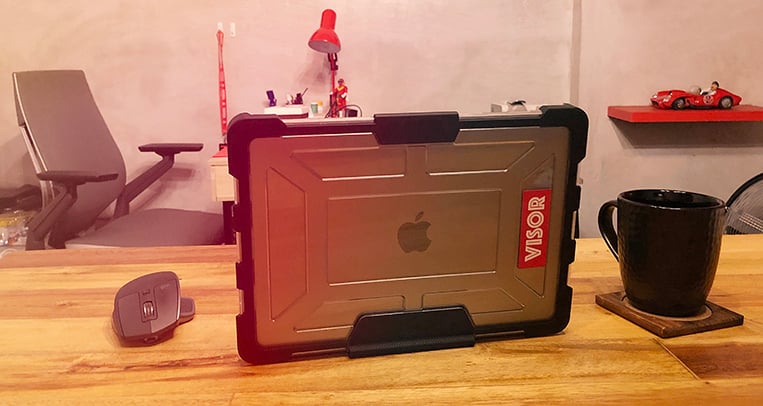
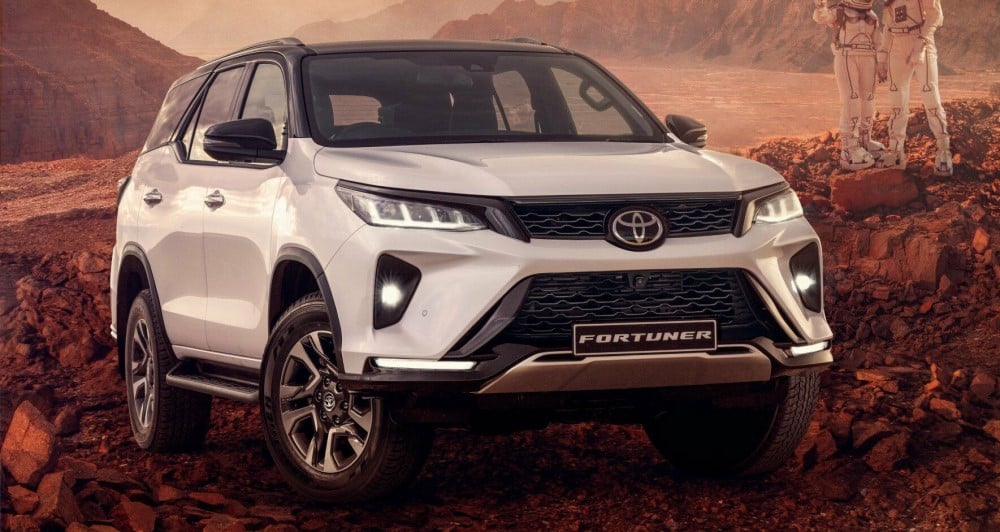
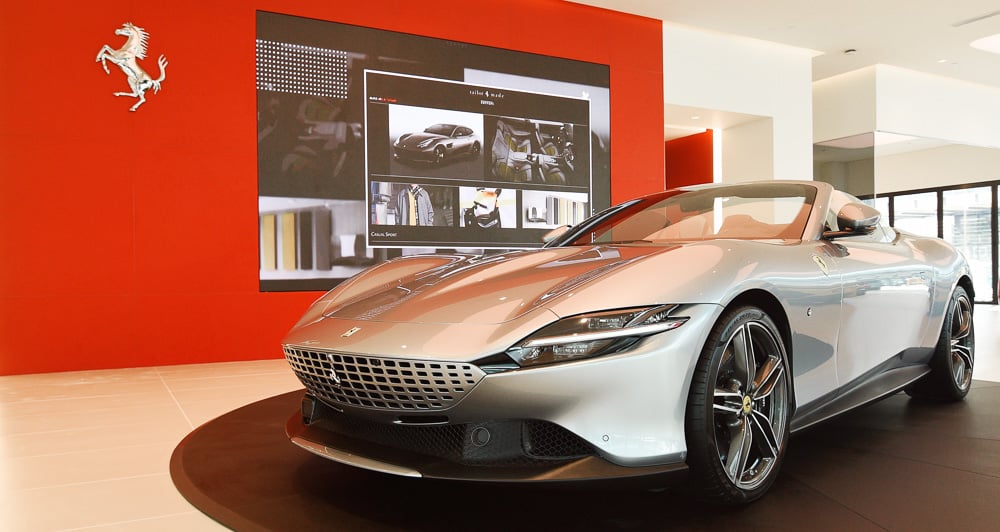
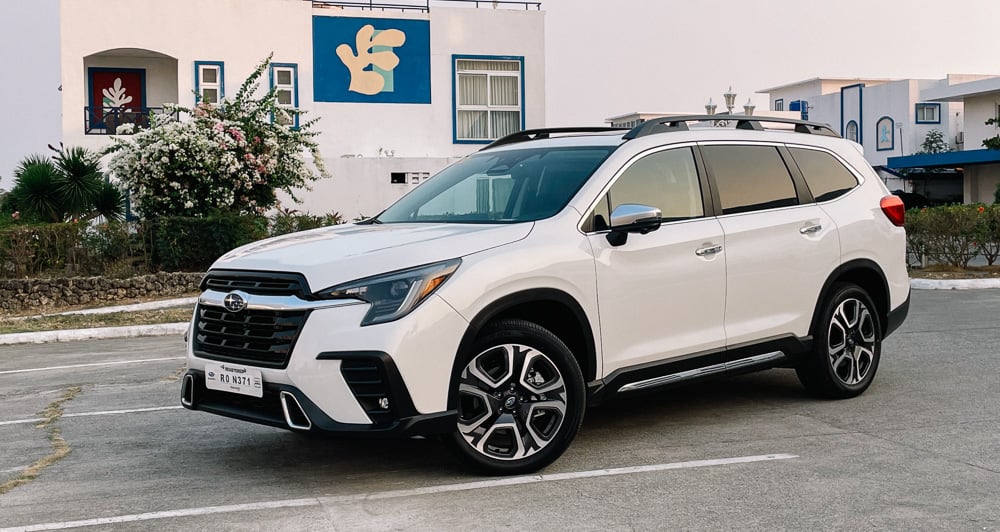

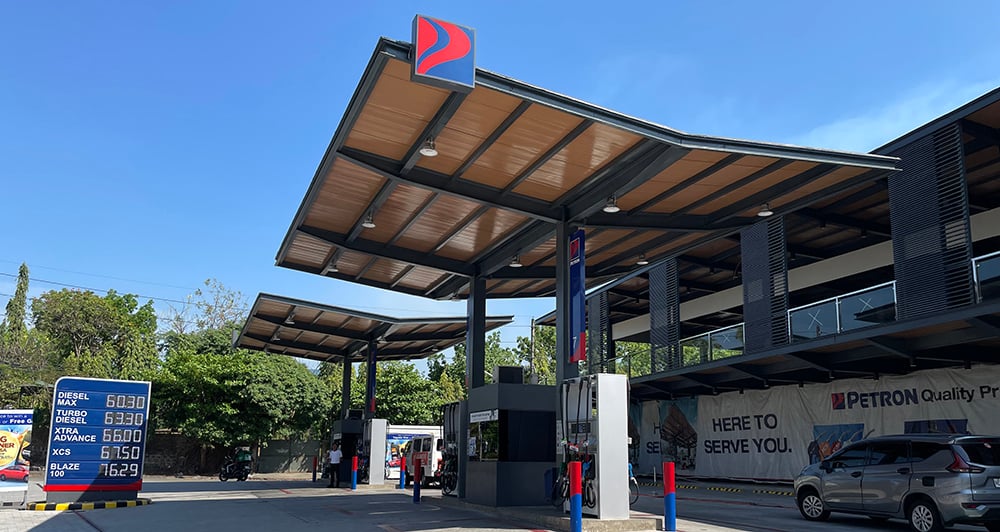
Comments